Legislation is a cruel mistress. It drains the creativity from designers and engineers, who are forced to compromise their unshackled visions to adhere to a prescribed list of regulations that ‘save’ both the planet and its people. But imagine a world where history’s wildest concepts were actually produced, and where people went about their day-to-day lives driving Maserati Boomerangs, Ferrari Testa d’Oros and Alfa Romeo Navajos.
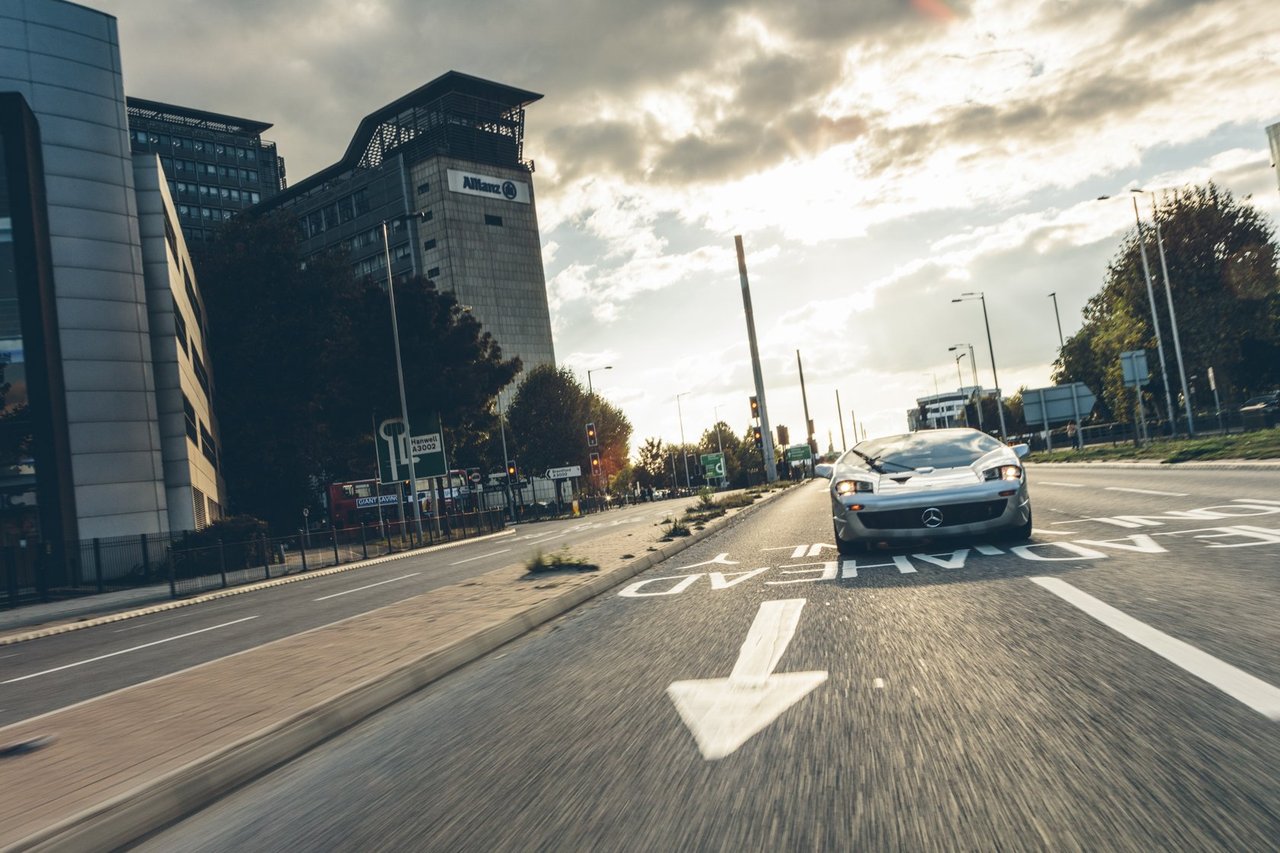
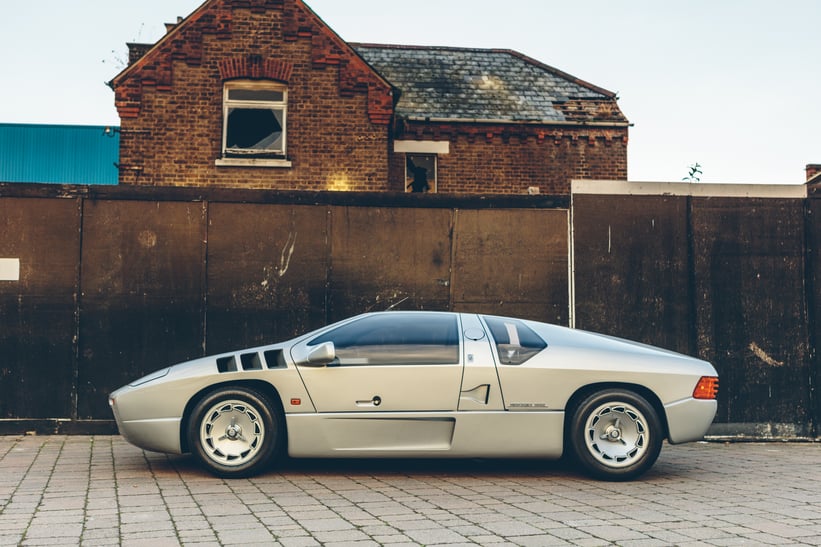
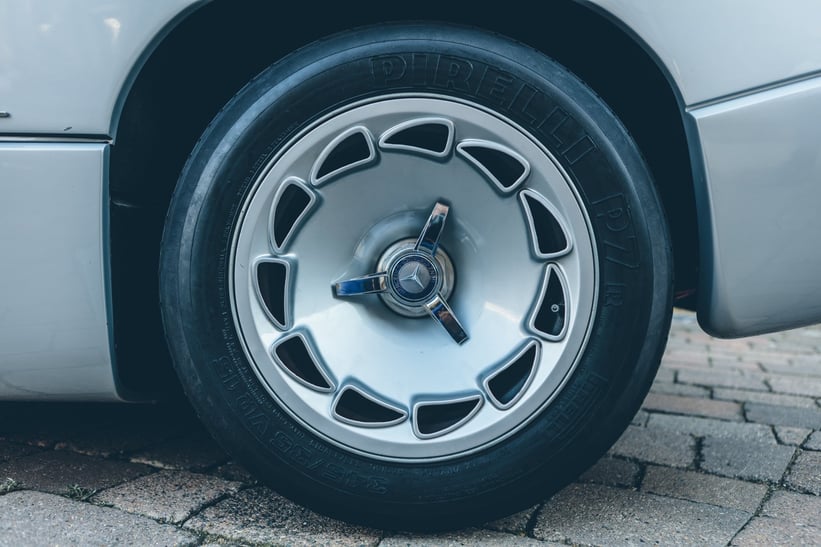
One man’s trash is another man’s treasure, or so the saying goes. Mercedes-Benz wasn’t interested in putting its CW311 concept into production in 1978, but for German engineer Eberhard Schulz, who’d poured his heart and soul into the wedge-shaped supercar for over six years, the idea was a little harder to dismiss. He didn’t want to imagine our mystical world of concepts. He wanted his new baby to thrive right here on planet earth, and so founded his own company – Isdera – in order to make it happen.
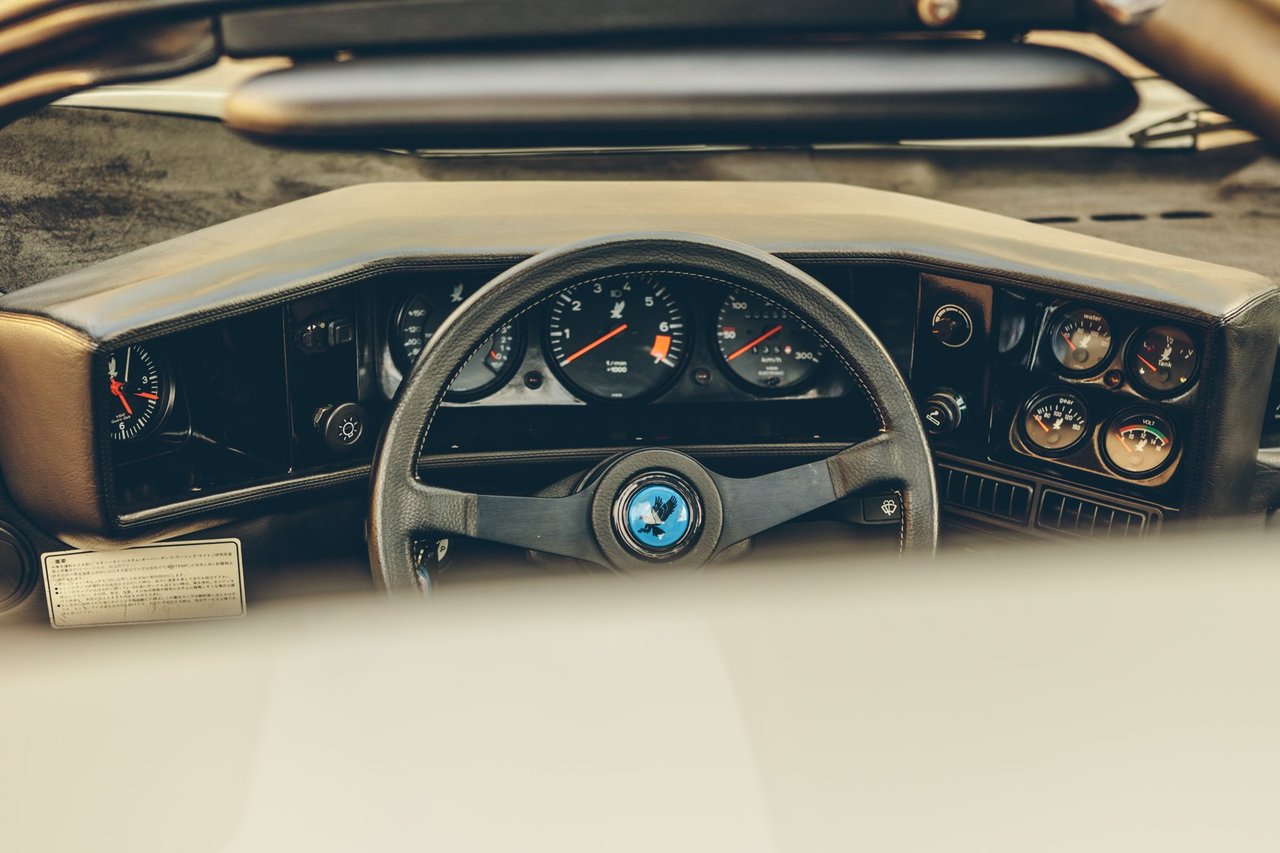
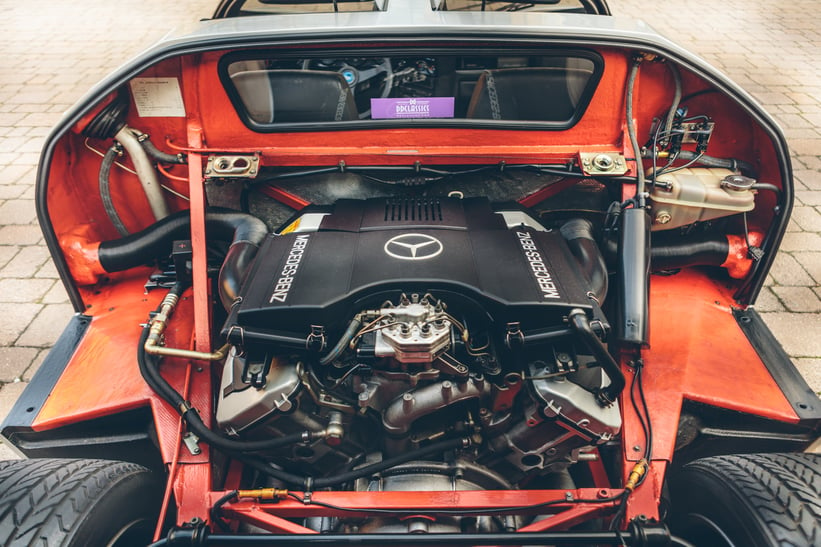
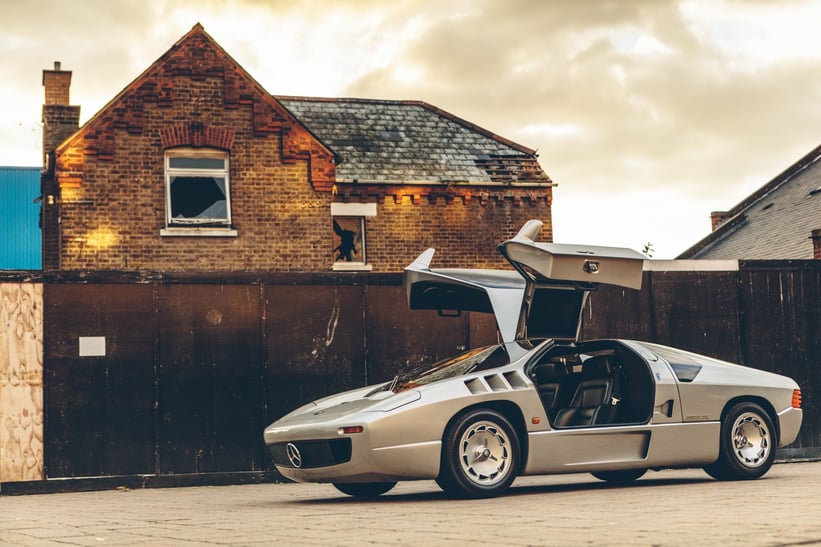
After, we imagine, rather a lot of persuasion, Mercedes agreed to let Schulz build the car under the new Isdera banner, on one condition: that it would provide the engines. Remarkably, the car’s dramatic, spaceship-like looks were not butchered in the street homologation process, and the production Imperators were wonderfully silly, and true to the original. Early examples even retained the concept’s periscope rear-view mirror atop the roof. And you thought the Germans lacked a sense of humour?
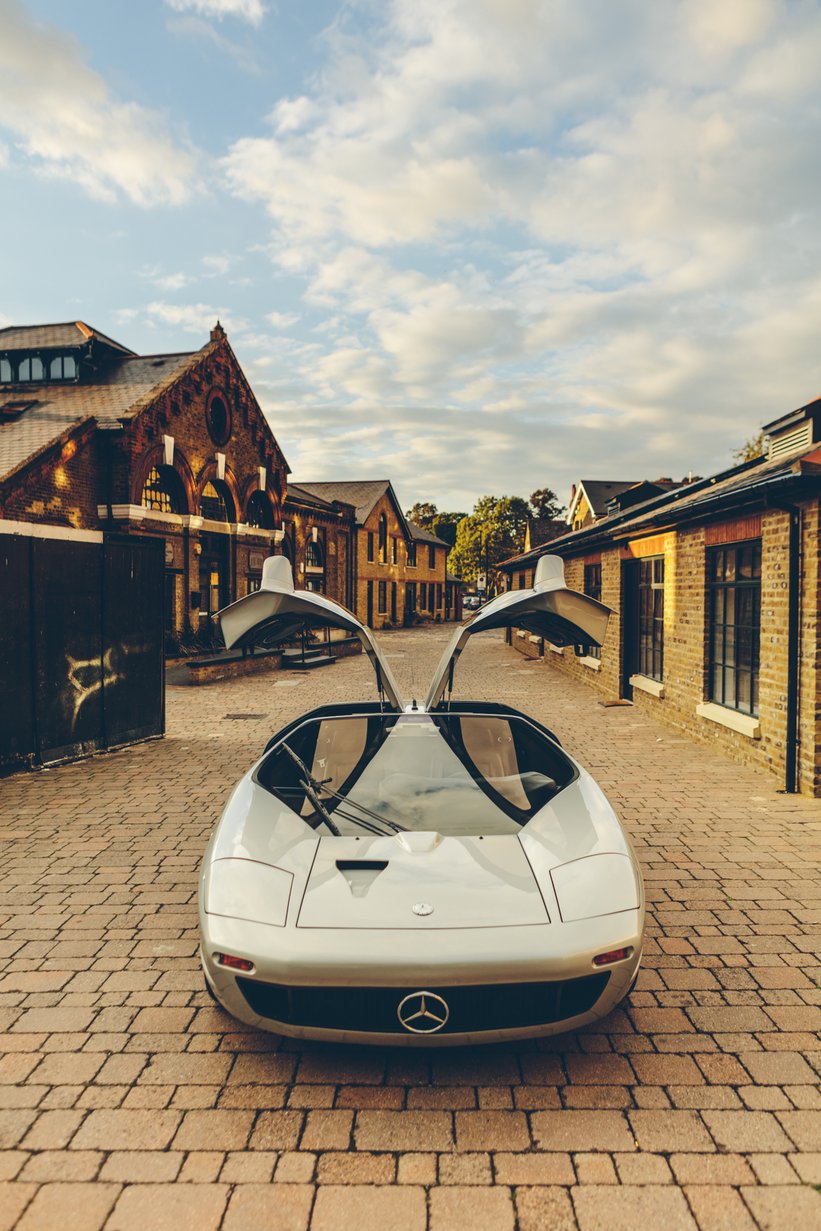

This was prime bedroom wall poster material, with its futuristic glass-fibre body (that wasn’t actually as aerodynamic as it looked), gullwing doors, socking-great Mercedes-Benz five-litre V8 and cockpit akin to the bridge of the Starship Enterprise. Passers-by in London certainly looked as though they’d seen a spaceship as we pootled around near Classic Driver dealer DD Classics’ showroom, where the car is currently for sale. At launch, it had a similarly extraordinary price tag of 250,000 German Marks, but that included a car phone. Did you get one of those in a Ferrari F40?
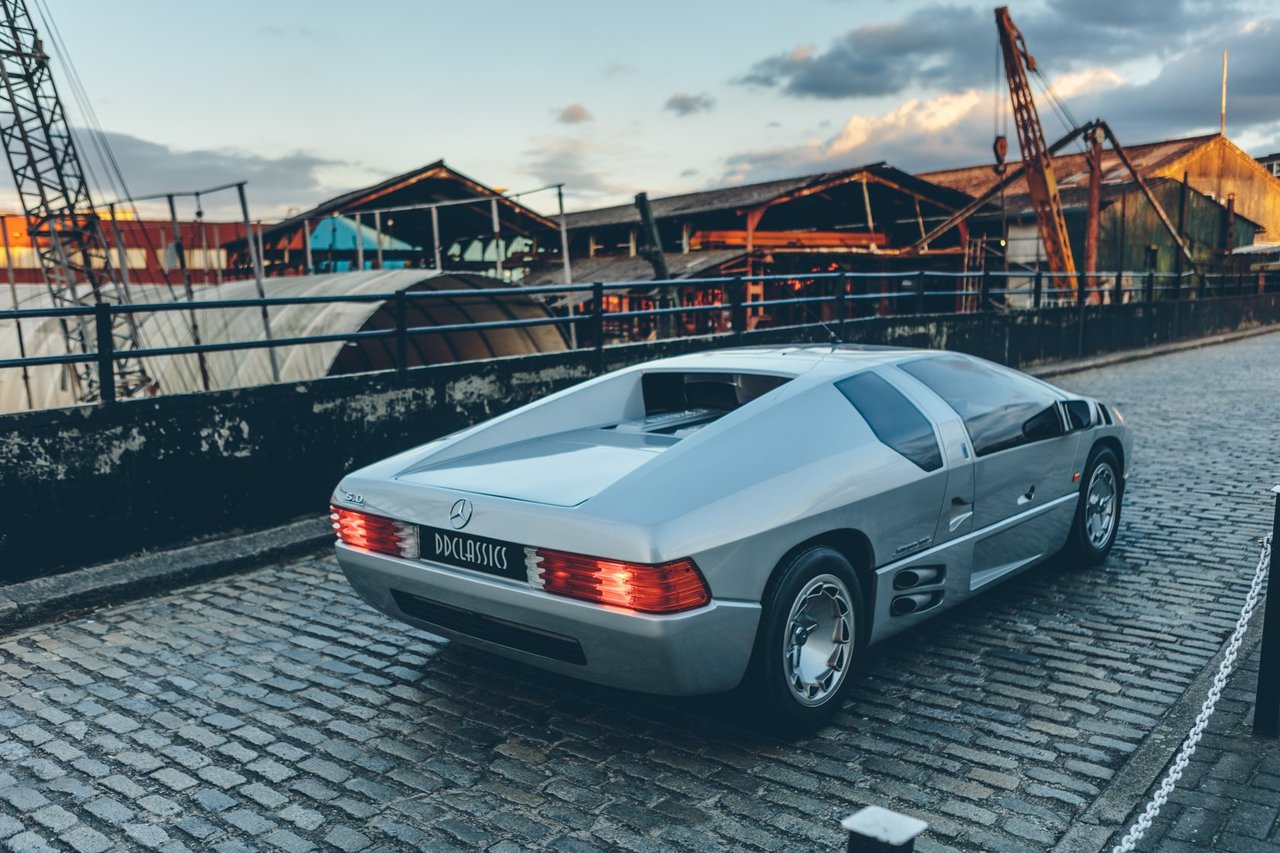
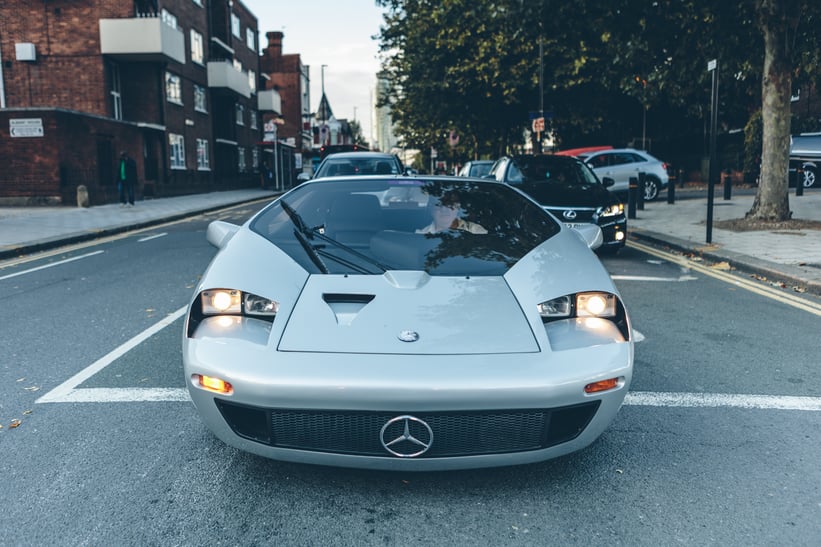
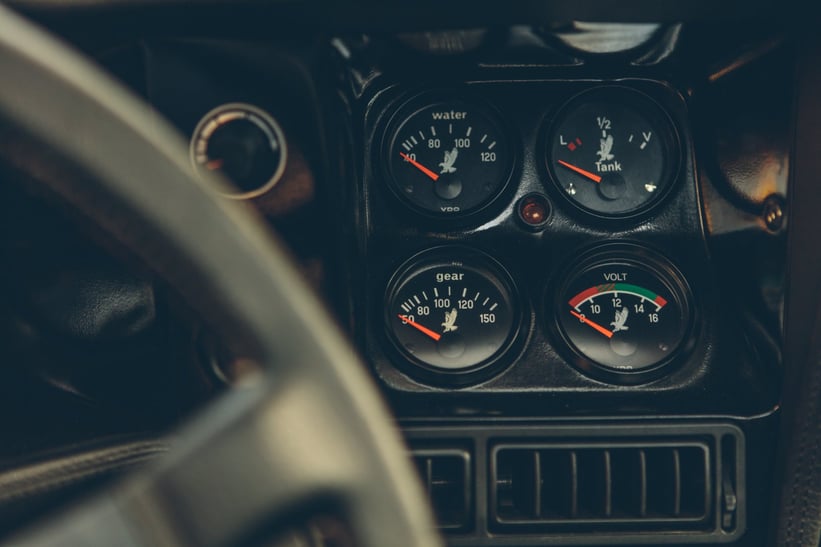
Thanks to the pride and audacity of one forward-thinking individual, his beloved design study, originally destined for the metaphorical dustbin, saw the light of day. Well… 30 of them, to be more specific. If only more engineers had plucked up the courage to ask their employees for the blueprints to their most marvelled concept cars. Perhaps then we wouldn’t be here daydreaming about a world in which we could nip to the shops in a Stratos Zero or take the kids to school in a Lamborghini Marzal.
Photo: Alex Lawrence / The Whitewall for Classic Driver © 2016





































